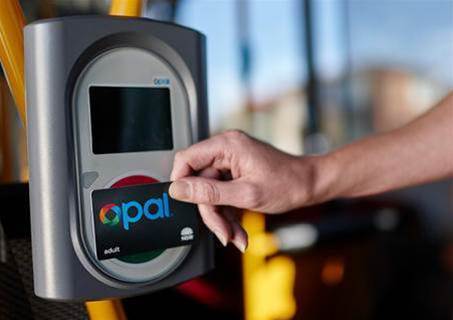Transport for NSW put accessibility at the centre of a redesign of its Opal Travel App, aiming to deliver a great experience to all public transport users, including the almost one in five with a disability.

Like all government digital assets, the app was already Level AA compliant with version 2.0 of the Web Content Accessibility Guidelines (WCAG), which provide a global benchmark for accessibility.
But a planned redesign provided the department with an opportunity to do more than “tick a box”, taking the user experience of the app for users with and without disabilities to new levels - and pushing boundaries on accessibility.
The Opal Travel app has over 3 million downloads and is used by over 175,000 NSW citizens each day to plan over 7 million trips a month.
It’s an essential tool for citizens of NSW to access trip planning and transport management services.
And with 1.37 million - almost one in five - of NSW’s 7.8 million residents having a disability, the department wanted to ensure its physical and digital services were as accessible as possible to everyone.
The redesign project aimed to go above and beyond the mandated WCAG 2.0 (level AA) and target compliance with WCAG 2.1 (level AA).
To put that in perspective, WCAG 2.1 provides 17 additional success criteria that had to be addressed in the Opal application, including accessibility for people with low vision, cognitive and learning disabilities.
“The project focused not just on compliance and ticking a box but in actually delivering a great experience to users with disability, ensuring the user experience for both those with disabilities and those without were of equal quality,” Transport for NSW said.
The project team comprised co-located resources from Transport for NSW and digital services company Tigerspike.
The team adopted an Agile approach to delivery of the redesigned app, including “painstakingly designing, developing, testing and refining custom code across each feature on each codebase to ensure the highest levels of accessibility.”
The team used as much native out-of-the-box accessibility technology as possible, however, “significant levels of custom development were required to provide the best user experience possible and ensure compliance with WCAG 2.1”, it said.
They also incorporated customer feedback, research and insights into the design and development process, resulting in “significant UI and design improvements” that aligned the Opal Travel App with other best-in-class applications in the market.
Independent accessibility consultancy AccessHQ were brought in to provide an audit of the app and analyse its elevated accessibility features and compliance.
“We have been extremely impressed with how much the product team has built inclusivity into the app from the beginning,” AccessHQ said.
“The team really have gone the extra mile to make the Opal Travel App accessible being innovative in their approach to common web accessibility hurdles.
“Their implementation has managed to traverse the challenge of making technology accessible and meeting WCAG 2.1 Guidelines while maintaining a seamless customer experience.”
The redesigned Opal Travel App also supports the Digital.NSW strategy, which pushes services to be digital by default, designed around user needs, integrated and seamless, and accessible.
This project is a finalist in the Diversity category of the iTnews Benchmark Awards 2020.




_(22).jpg&h=140&w=231&c=1&s=0)




_(26).jpg&w=100&c=1&s=0)

 iTnews Executive Retreat - Security Leaders Edition
iTnews Executive Retreat - Security Leaders Edition











_(1).jpg&h=140&w=231&c=1&s=0)



